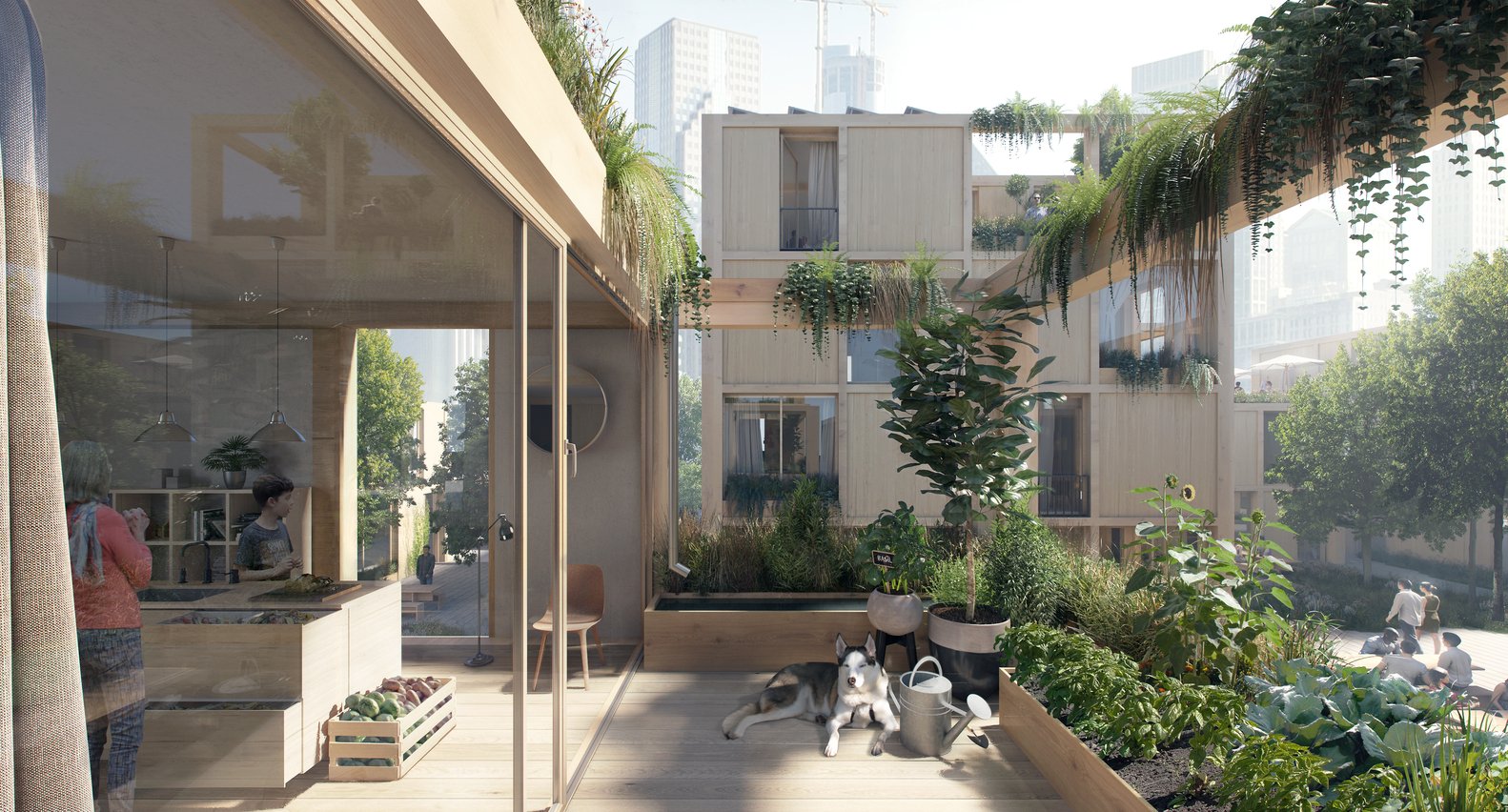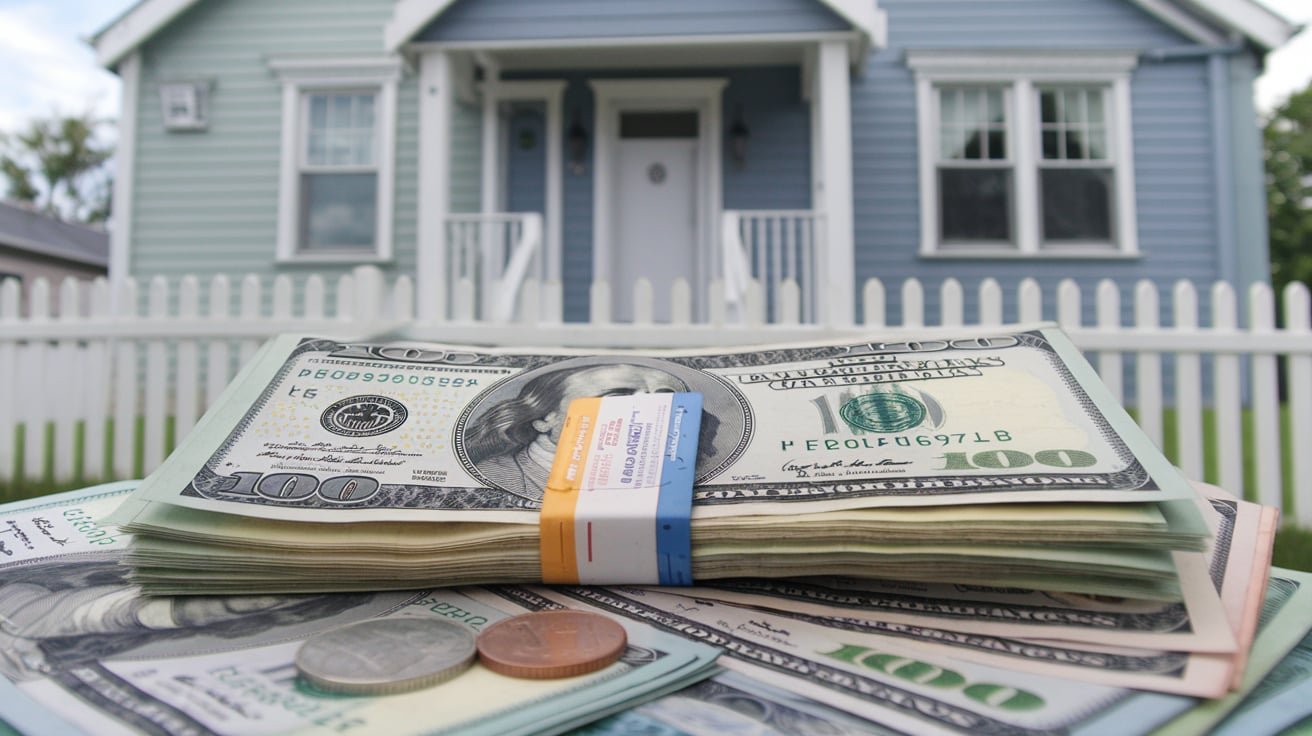As urban centers across the United States continue to evolve, the future of urban living is becoming a pivotal focus for city planners, developers, and residents alike. With trends influenced by technological advancements, demographic shifts, and environmental considerations, the real estate landscape in major U.S. cities is undergoing significant transformation. This article explores the future of urban living, examining the trends, challenges, and opportunities that define real estate in major U.S. cities.
1. The Shift Towards Urbanization
Urbanization has been a prominent trend for decades, with more people moving to cities in search of economic opportunities, cultural experiences, and convenience. According to the U.S. Census Bureau, more than 80% of Americans now live in urban areas, a figure projected to rise.
Key Drivers of Urbanization:
- Economic Opportunities: Cities offer diverse job markets, attracting young professionals and families. The concentration of industries, innovation hubs, and educational institutions creates an appealing environment for those seeking career growth.
- Lifestyle Preferences: Many individuals are drawn to the vibrant cultural scenes, dining options, and recreational activities found in urban areas. The desire for a walkable lifestyle with easy access to amenities is reshaping housing preferences.
- Technological Advancements: Remote work, digital connectivity, and smart city technologies are influencing how people live and interact in urban environments.
2. Emerging Trends in Urban Real Estate
As urban living evolves, several key trends are shaping the real estate landscape in major U.S. cities:
2.1. Mixed-Use Developments
Mixed-use developments that combine residential, commercial, and recreational spaces are gaining popularity. These projects aim to create vibrant communities where residents can live, work, and play.
- Benefits: Mixed-use developments promote walkability, reduce the need for cars, and foster a sense of community. They provide convenience by offering essential services, shops, and leisure activities within close proximity.
- Examples: Projects like The Wharf in Washington, D.C., and Hudson Yards in New York City exemplify the success of mixed-use developments, integrating living spaces with retail, dining, and entertainment options.
2.2. Sustainable Living
Sustainability has become a significant consideration in urban real estate development. As climate change concerns grow, cities are prioritizing eco-friendly practices and sustainable designs.
- Green Buildings: Developers are increasingly focusing on energy-efficient construction, using sustainable materials and incorporating renewable energy sources. LEED certification and other green building standards are becoming common in new projects.
- Urban Green Spaces: Cities are recognizing the importance of green spaces in promoting mental health and well-being. Parks, green roofs, and community gardens are being integrated into urban designs, providing residents with nature access.
2.3. Smart City Technologies
The integration of technology into urban living is transforming how cities operate. Smart city technologies enhance the efficiency of services, improve the quality of life, and foster sustainable practices.
- Connected Infrastructure: Sensors, IoT devices, and data analytics are being used to optimize traffic management, waste collection, and energy usage. This connectivity creates more efficient and responsive urban environments.
- Smart Homes: Real estate developers are incorporating smart home technologies, such as energy-efficient appliances, security systems, and home automation, appealing to tech-savvy buyers and renters.
2.4. Co-Living and Alternative Housing Models
As housing affordability becomes a pressing issue in many cities, innovative housing solutions are emerging. Co-living spaces and alternative models are gaining traction, particularly among young professionals and students.
- Co-Living Spaces: These shared living arrangements offer fully furnished apartments with communal areas, fostering a sense of community while reducing housing costs. Companies like WeWork have expanded into co-living, catering to the millennial lifestyle.
- Tiny Homes and Micro-Apartments: Compact living spaces are becoming increasingly popular, particularly in densely populated cities. These options provide affordable housing solutions while maximizing the use of limited space.
3. Challenges Facing Urban Real Estate
While the future of urban living presents numerous opportunities, several challenges must be addressed to ensure sustainable growth:
3.1. Housing Affordability
Housing affordability remains a significant concern in major U.S. cities. Rapid population growth and increased demand for urban living have driven up housing costs, making it difficult for many residents to find affordable options.
- Rising Prices: In cities like San Francisco and New York, high demand and limited inventory have led to skyrocketing prices, pushing many low- and middle-income residents out of the market.
- Policy Solutions: To address affordability, cities are implementing policies such as rent control, inclusionary zoning, and affordable housing incentives for developers. Collaborative efforts between government, developers, and community organizations are essential for finding viable solutions.
3.2. Transportation and Infrastructure
As urban populations grow, so do the challenges related to transportation and infrastructure. Traffic congestion, public transit limitations, and aging infrastructure can hinder the quality of urban living.
- Investments in Public Transit: Cities are investing in public transit systems to improve accessibility and reduce reliance on cars. Expanding metro systems, bus rapid transit, and bike-sharing programs can alleviate congestion and enhance mobility.
- Infrastructure Upgrades: Upgrading infrastructure to accommodate increased population density is crucial. This includes improving roads, utilities, and connectivity to support a growing urban population.
3.3. Environmental Sustainability
The impact of climate change poses significant challenges for urban areas, necessitating a focus on sustainability in real estate development.
- Resilience Planning: Cities are developing resilience plans to address climate-related risks, including flooding, heatwaves, and rising sea levels. Strategies include enhancing green infrastructure and adopting stricter building codes to mitigate environmental impacts.
- Sustainable Practices: Developers are increasingly incorporating sustainable practices in construction and operations. However, ensuring that these practices are both cost-effective and widely adopted remains a challenge.
4. The Role of Technology in Shaping Urban Living
Technology is playing a transformative role in urban living, influencing how residents interact with their environment and enhancing overall quality of life.
4.1. PropTech and Real Estate Innovation
The rise of property technology (PropTech) is changing the way real estate is bought, sold, and managed. Innovations in this space are streamlining processes, improving transparency, and enhancing the tenant experience.
- Online Marketplaces: Platforms like Zillow and Redfin are making it easier for buyers and renters to access property information, compare options, and make informed decisions.
- Virtual Tours and Augmented Reality: Technology is enabling virtual property tours, allowing prospective tenants and buyers to explore properties remotely. This innovation has become especially valuable in a post-pandemic world where in-person visits may be limited.
4.2. Smart Infrastructure
Smart city initiatives are transforming urban infrastructure, making cities more efficient and livable.
- Smart Transportation: Intelligent traffic management systems optimize traffic flow and reduce congestion. Real-time data can help city planners make informed decisions about infrastructure needs.
- Waste Management: Smart waste collection systems use sensors to monitor waste levels, optimizing collection schedules and reducing costs.
4.3. Data-Driven Decision Making
Data analytics is becoming increasingly important in urban planning and real estate development.
- Market Insights: Access to real-time data helps developers and investors make informed decisions about property locations, pricing strategies, and market trends.
- Urban Planning: City planners are using data to analyze population growth, traffic patterns, and housing needs, leading to more effective and responsive urban development strategies.
5. The Future of Urban Living in Major U.S. Cities
As major U.S. cities look ahead, the future of urban living will be shaped by a combination of innovative strategies and community-focused approaches.
5.1. Inclusive Development
Inclusive development that prioritizes diversity and accessibility is crucial for fostering vibrant urban communities. This includes:
- Community Engagement: Involving local residents in the planning process ensures that development meets the needs of diverse populations. Community input can guide decisions on amenities, services, and housing options.
- Affordable Housing Initiatives: Cities must prioritize affordable housing solutions that accommodate low- and middle-income residents, ensuring that urban living remains accessible to all.
5.2. Resilient Cities
Resilience planning will be key to preparing for future challenges, particularly those related to climate change.
- Sustainable Infrastructure: Cities are investing in sustainable infrastructure, including green roofs, permeable pavements, and urban forests. These elements enhance resilience while promoting environmental sustainability.
- Emergency Preparedness: Urban areas are developing emergency preparedness plans that address natural disasters and public health crises, ensuring that communities can withstand and recover from various challenges.
5.3. Health and Well-Being
The future of urban living will increasingly prioritize health and well-being, recognizing the connection between the built environment and quality of life.
- Active Design: Urban planners are focusing on designs that promote physical activity, such as walkable neighborhoods, bike lanes, and accessible parks.
- Mental Health Considerations: Incorporating green spaces, natural light, and community gathering areas into urban designs can enhance mental well-being, fostering social connections and reducing stress.
6. Conclusion
The future of urban living in major U.S. cities is poised for significant transformation. With a focus on sustainability, technology integration, and community engagement, urban real estate is evolving to meet the changing needs and preferences of residents. While challenges such as housing affordability and environmental sustainability persist, innovative solutions and collaborative efforts can pave the way for vibrant, inclusive, and resilient urban environments.
As cities continue to adapt to these trends, the real estate landscape will play a crucial role in shaping the urban experience. The commitment to



